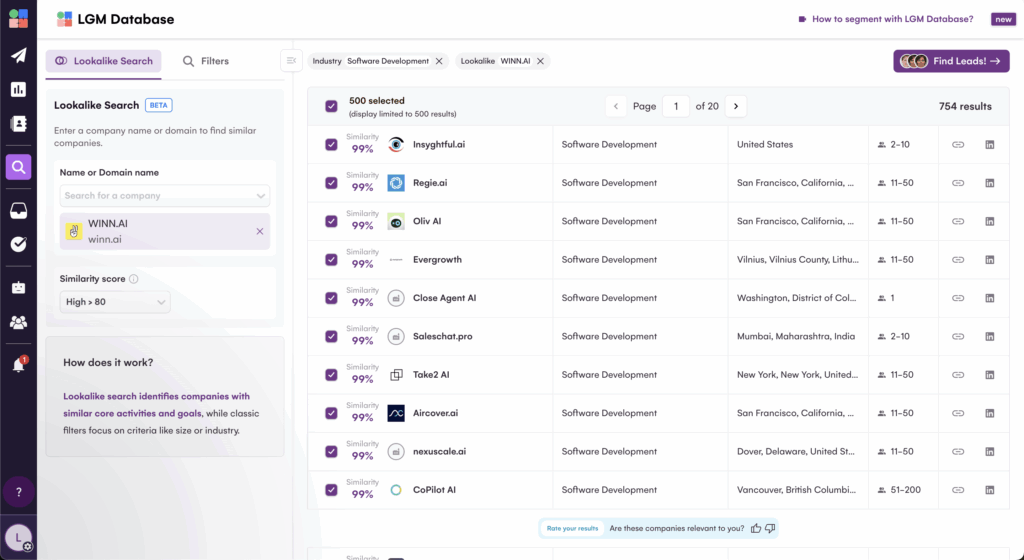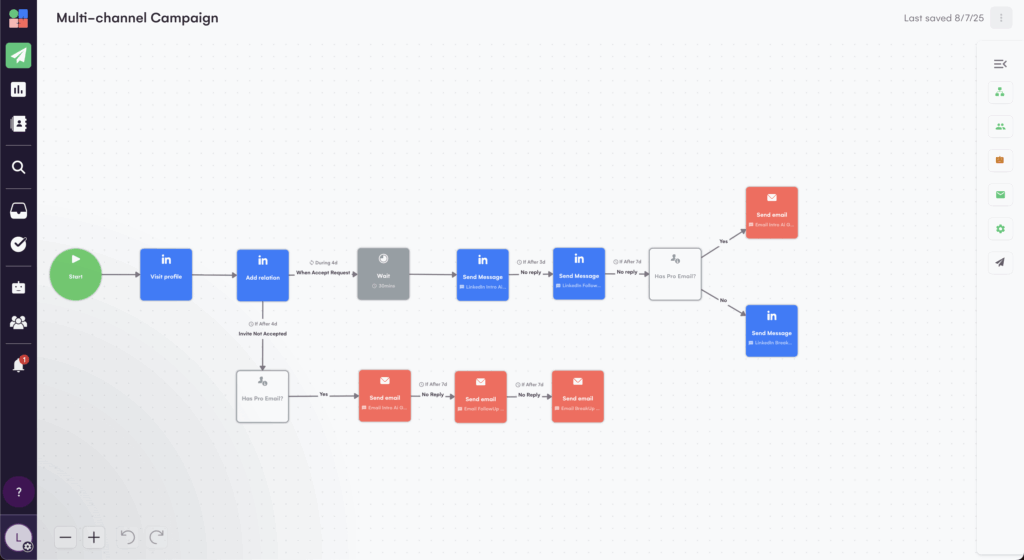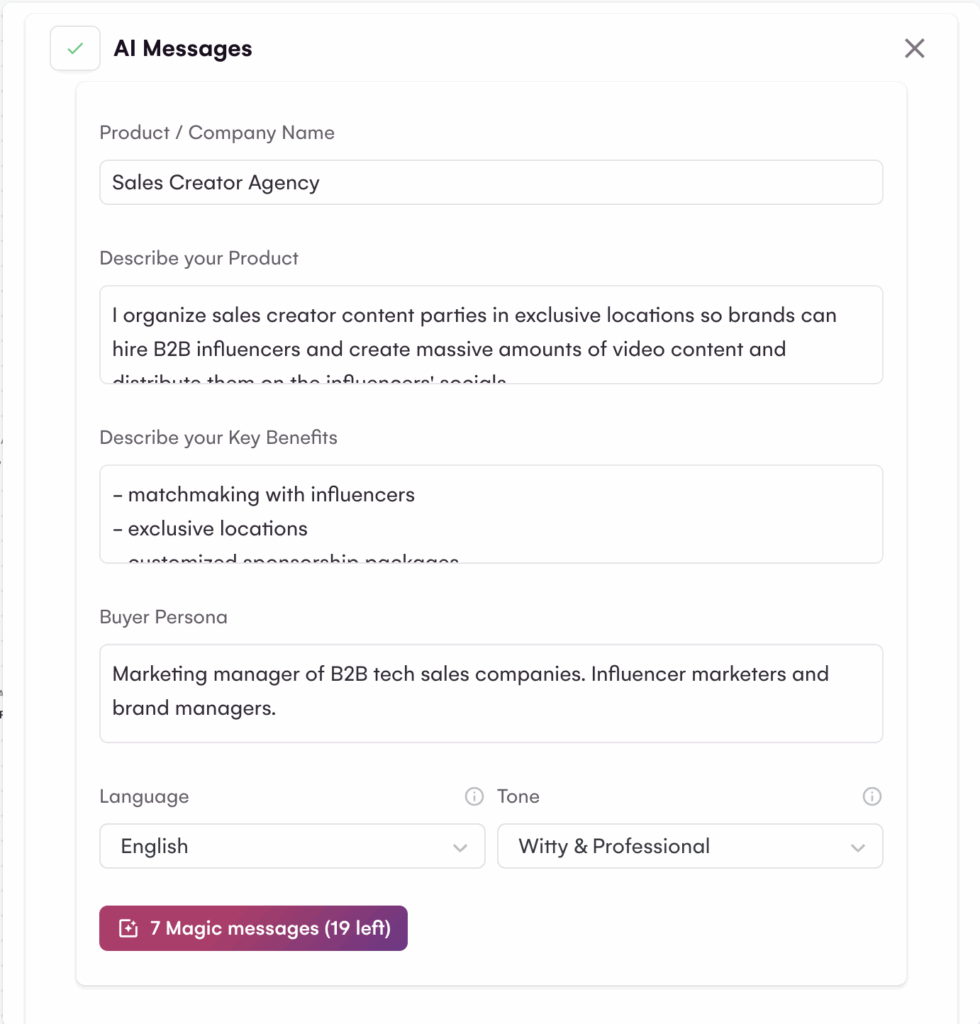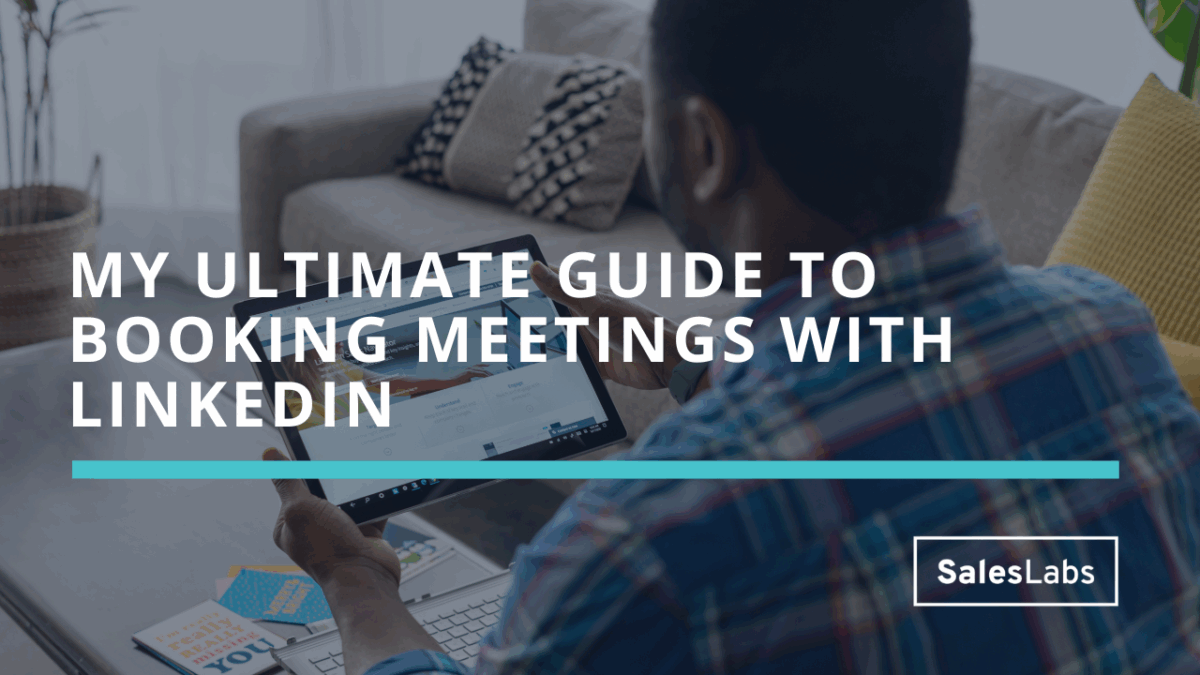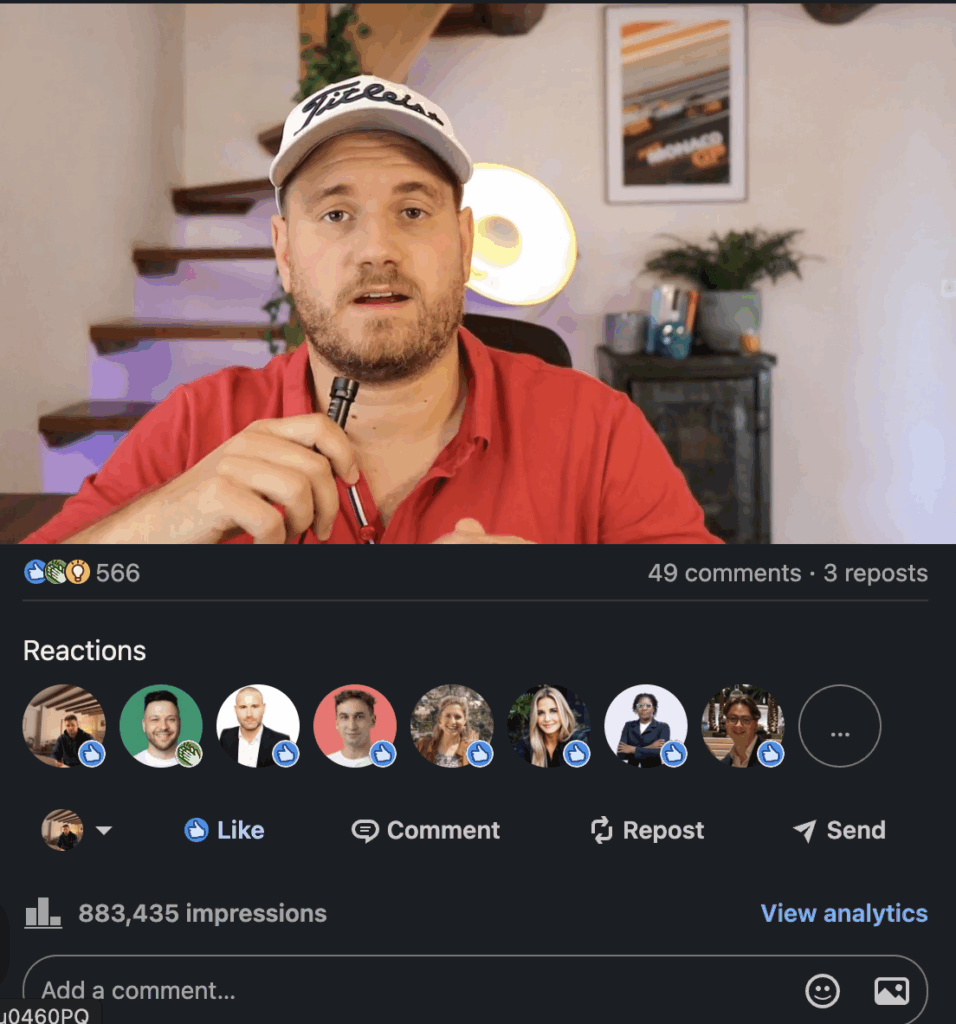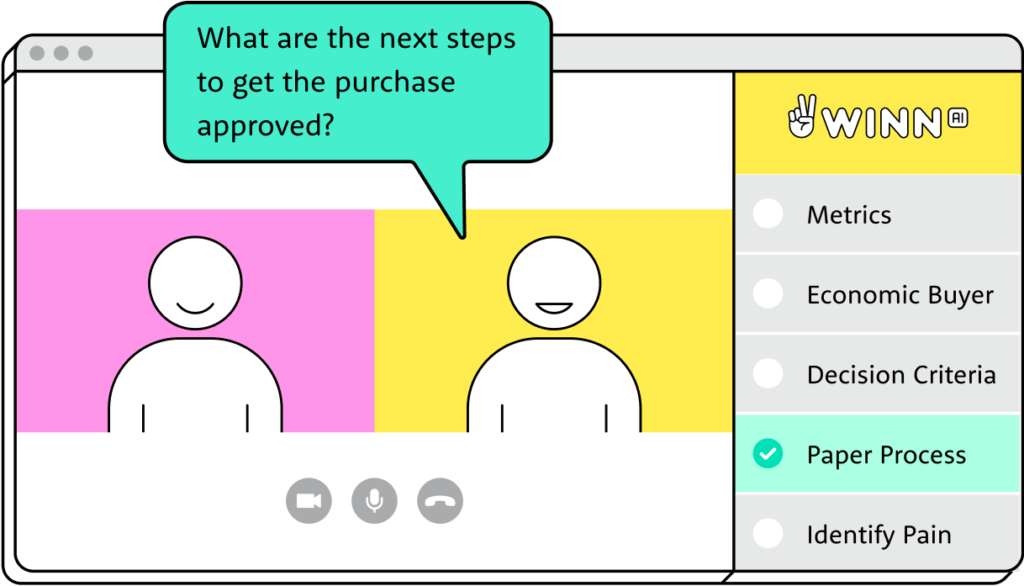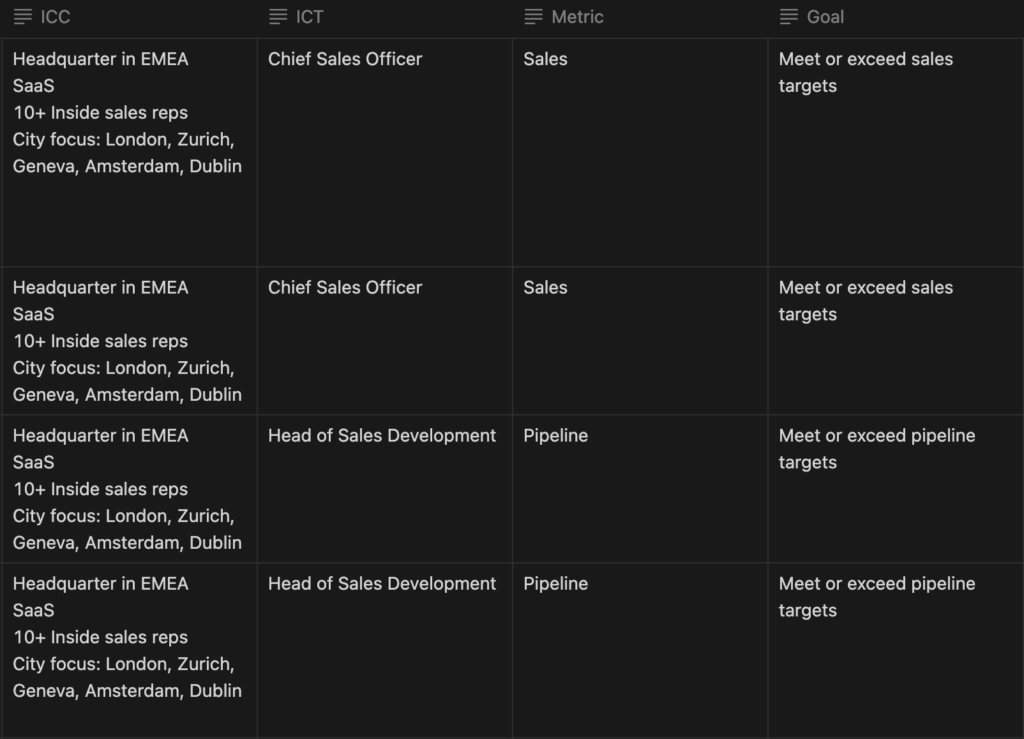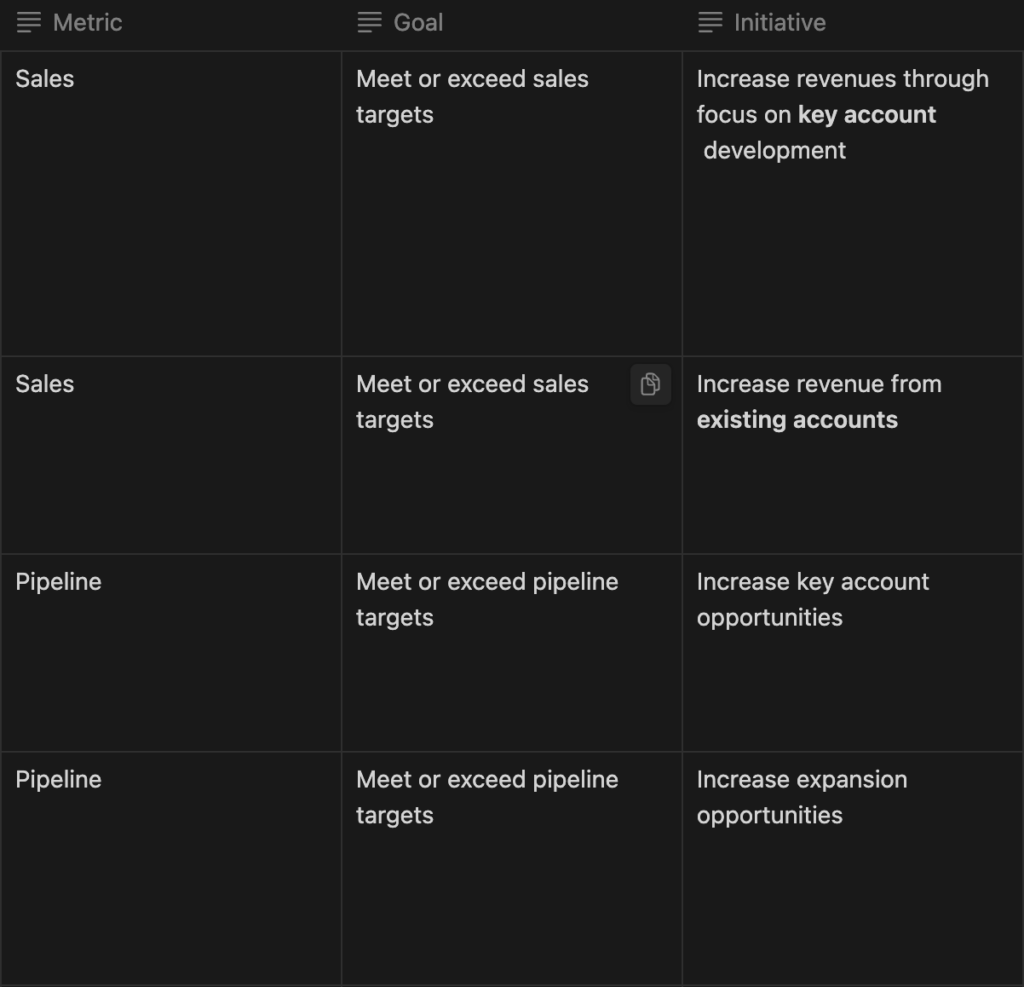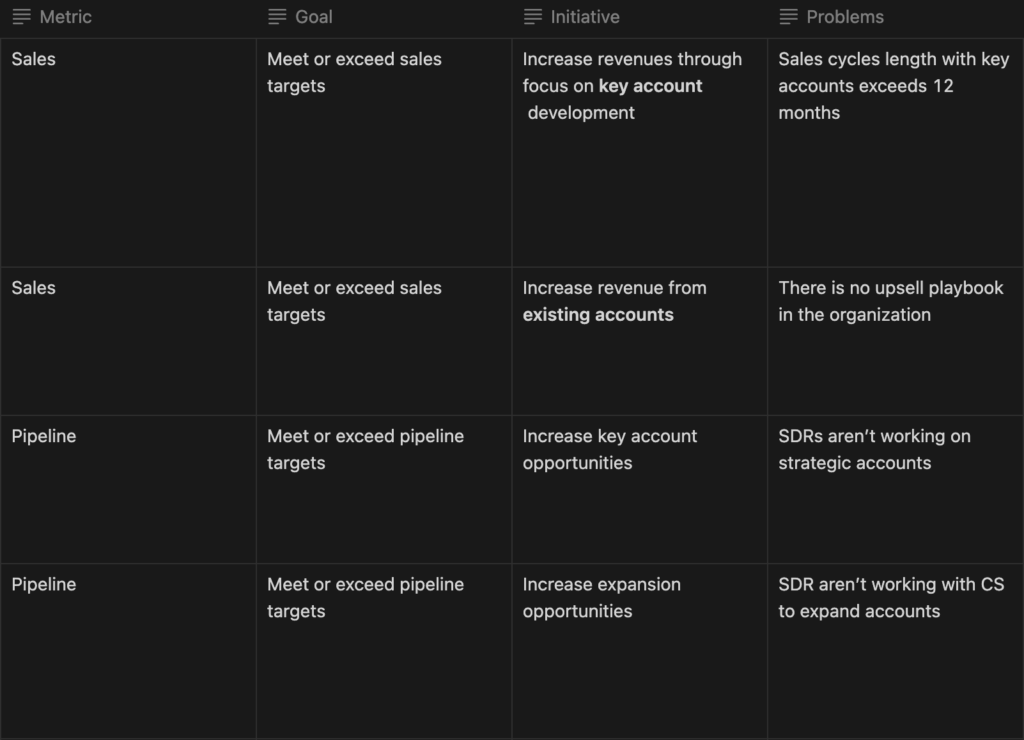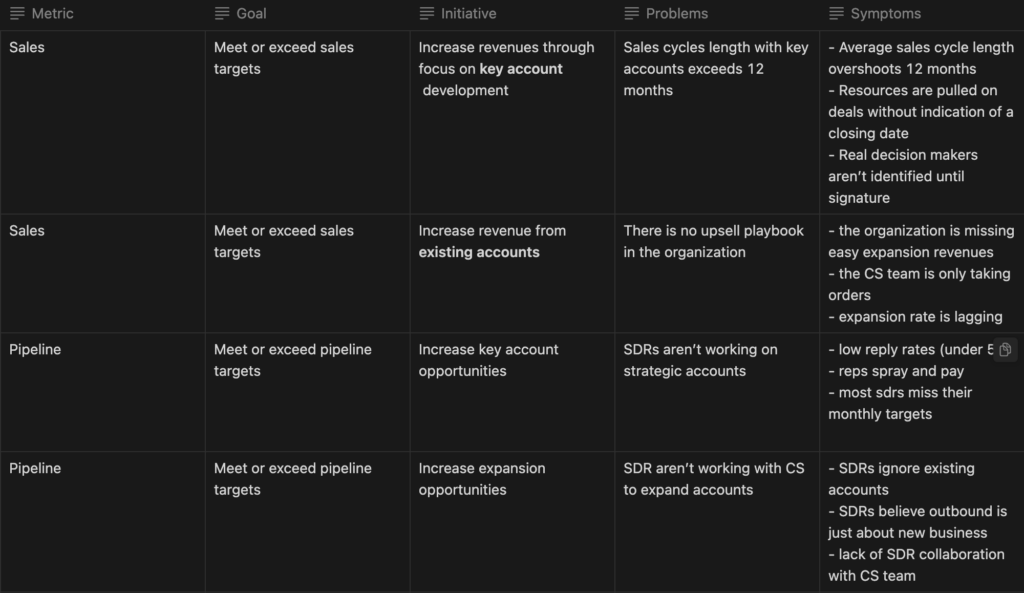I almost lost an $18,500 deal
In today’s issue, I’ll share how I almost lost an $18,500 deal by celebrating too early. If you’ve been in sales for a while, this happened to you for sure. You go through a smooth sales process, get a verbal commit, and then start dreaming of what you’ll buy with your commission.
This happened to me last Friday, and I almost lost the deal because of contract terms I didn’t think of bringing up during the negotiation. Here’s the story, how I dealt with this roadblock, and how I turned it into a potential upsell opportunity:
The story
As you may have seen, I recently started representing creators as their agent. In short, I take care of all the commercial part for my creators working with brands. I negotiate deals, check contracts, and make sure my creators’ interests are protected.
Last Friday, one of them introduced me to a brand that was interested in working with them. We exchanged a few emails and got on WhatsApp to negotiate.
After a few messages exchanged, we agreed on the terms and settled for $18,500 to sponsor 3 of my creators. I got confirmation that paperwork was on the way, deal closed.
Or so I thought.
The weekend passed, and I was already calculating my commission, looking at which Jeep Wrangler this money would help me buy (I really want to buy a Jeep Wrangler), and I was pretty happy to see that my agent work was working.
Until Sunday, when one of the creators shared that the contract had an exclusivity clause. The brand wanted to have exclusivity and their definition of it was pretty large. Only problem was that all 3 creators were in contract with a brand they considered to be a competitor.
Oops.
How I fixed it
I could not believe this was happening. I sent a WhatsApp to my contact, explaining that the 3 creators were in contract with a brand that could possibly be competing with them (I hoped it wouldn’t be a problem).
But she told me they were definitely considering this brand to be a competitor. They then told them we would most likely have an issue to work with these 3 creators.
But then I explained them how exclusivity would be something they’d have to pay for, how their definition of exclusivity would prevent them from working with most top creators in the B2B sales space, and I gave them an example of a successful collaborations when I used to work with 2 competing brand.
And it worked!
They told me they were pretty new to this, and they were willing to alter their definition of exclusivity, so they could work with the creators.
How I turned it into an upsell opportunity
I was relieved. I managed to get rid of a roadblock and to keep the deal alive. But even better, this obstacle turned into an upsell opportunity. The brand asked me when the contracts with the potential competitor were ending, so they could negotiate exclusivity at that moment.
And exclusivity with creators is something worth a lot. You have to estimate the total value of the contracts that will be lost for the creator if they only work with one brand. This is where 6 figure contracts can be negotiated.
Key learnings
I learned a ton from this experience. I got reminded to never calculate your commission before the deal is closed, but I also learned a lot of things about negotiation:
- contract terms are always negotiable, nothing is fixed
- brands will pay a lot of money to get exclusivity from a creator
- a deal is not closed until a contract is signed, or an invoice is sent
- roadblocks can turn into upsell opportunities when tackled the right way
And these are my learnings from this experience. I’m happy it came early in the process of becoming a sales creator agent, so I don’t learn it the hard way on a bigger contract.
Hope this helps.
Cheers,
Thibaut
And whenever you are ready, there 3 ways I can help you:
→ Enroll in The Prospecting Engine
→ Want to work with me? Let’s talk about it
→ Sponsor my content and get in front of 46.000+ salespeople
Subscribe to the Newsletter
Get my free, 4 min weekly newsletter. Used by 5.400+ salespeople to book more meetings and work when, where, and how they want.
Subscribe to the Newsletter
Get my free, 4 min weekly newsletter. Used by 5.400+ salespeople to book more meetings and work when, where, and how they want.
